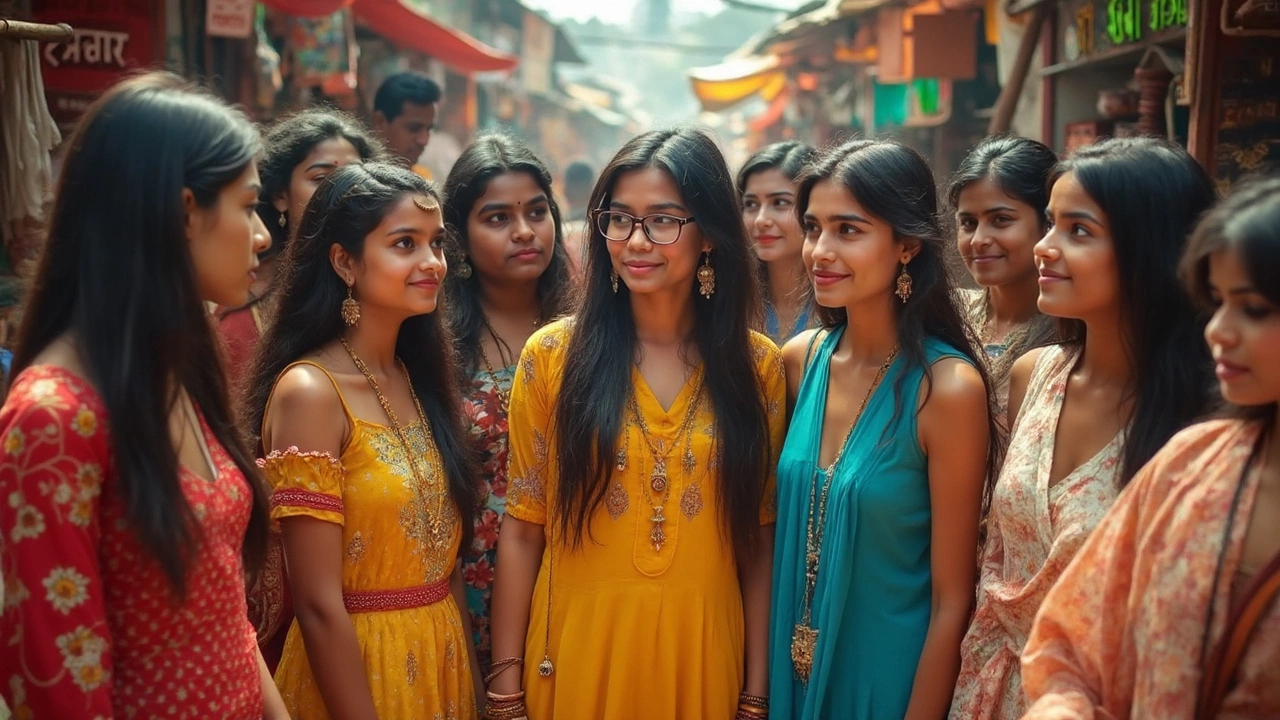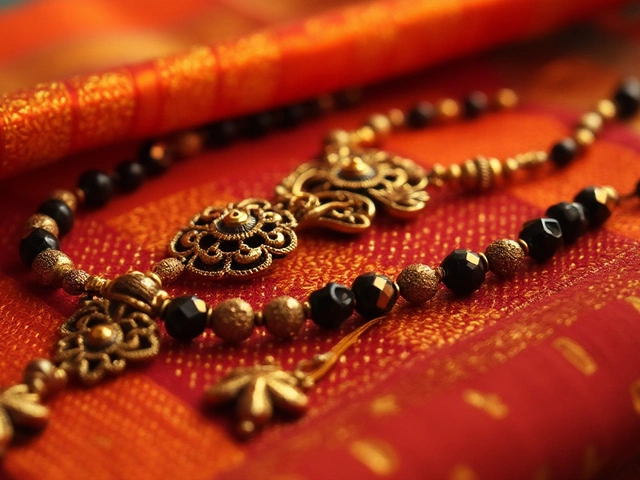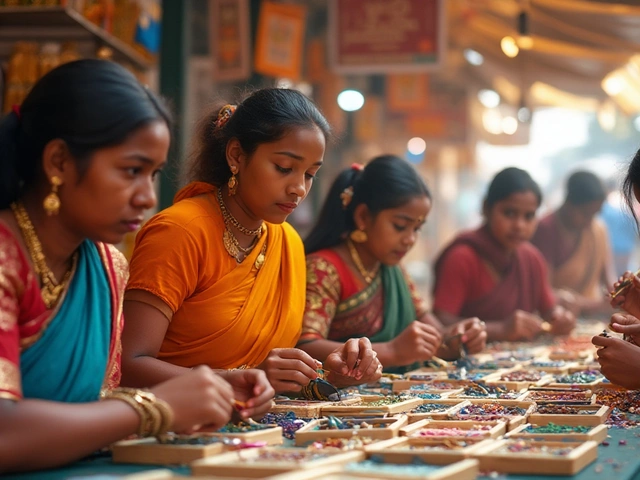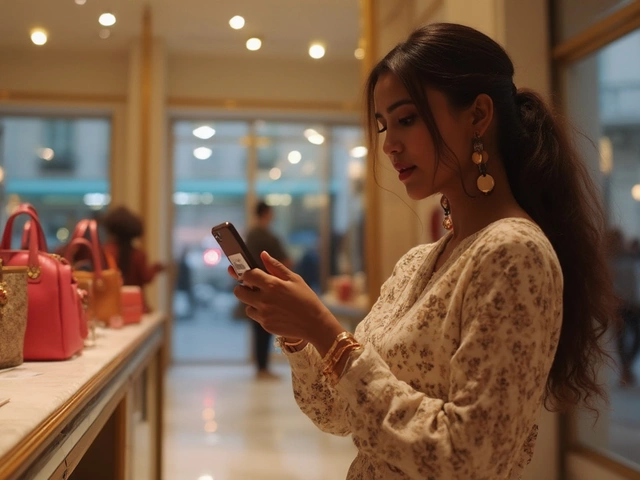Walk around any metro in India—Mumbai, Delhi, Bangalore—and you’ll see women in everything from tight jeans to breezy maxis. Dresses aren’t rare in these parts. Ask any college student in Hyderabad or a young professional in Pune and you’ll hear stories about weekend brunches or mall runs where a dress is just the obvious choice. But step into a smaller town or a traditional neighborhood, and the picture changes. Suddenly, heads turn. People stare. You start wondering, did I miss a memo?
This isn’t about whether you can buy a dress in India (seriously, Zara and H&M are everywhere). It’s about how it feels to wear one, what reactions you might get, and when it’s cool to lean into your style—or maybe chill out with a kurta for the day. Here’s the no-nonsense scoop on rocking dresses without feeling out of place. If you want to look good and feel comfortable at the same time, here’s how it works in practice.
- The Everyday Scene: Dresses on Indian Streets
- City vs. Small Town: A Real Look at Reactions
- Picking the Right Dress: Tips for Blending In
- Accessorizing to Fit In (or Stand Out)
The Everyday Scene: Dresses on Indian Streets
So what’s the real story about wearing dresses on Indian streets? In the big cities, they’re everywhere. Women wear dresses to work, cafes, date nights, college fests, and even for just running errands. Bookstores in Bengaluru? You’ll spot at least three people in shirt dresses or flowy maxis. Mumbai’s Bandra and Delhi’s Hauz Khas are practically Instagram zones for dress styles.
Still, most people prefer knee-length or midi dresses over anything super short. Maxi dresses are a favorite—easy to move in, they cover a bit more skin, and nobody gives you weird looks. Fitted dresses are popular among the young crowd in urban areas, but you’ll rarely see them outside high-end malls, concerts, or private gatherings.
Sundays at malls, you’ll notice that western wear usually wins over traditional clothes, especially with teenagers and millennials. But when you dig deeper, you find practicality at play. Many women throw on a shrug, carry a scarf, or team up with ankle-length leggings just to avoid unwanted attention or sunburn. It’s not about ditching tradition—it’s about street smarts.
If you’re out during an Indian summer, cotton and linen dresses rule. These fabrics actually breathe in the heat, unlike those synthetic party dresses. And it’s not just about comfort—most local brands have caught on. Several affordable Indian labels now offer dress collections with Indian prints and modest cuts, making them a hit for anyone who wants a middle ground between full western and traditional wear.
The bottom line: if you’re sticking to bigger cities, dresses are part of daily life. Just pick your spots and styles wisely, adjust depending on the neighborhood, and you’ll blend in without feeling awkward.
City vs. Small Town: A Real Look at Reactions
Wearing dresses in Indian cities is honestly not a big deal now. In metros like Mumbai, Bengaluru, and Delhi, you’ll find people wearing short dresses to movie theatres, cafes, colleges—you name it. Think about it: shopping hubs like Bandra in Mumbai or Koramangala in Bangalore are full of folks showing off their fashion sense. One survey by InMobi in 2023 found that over 60% of women in urban centers prefer western wear—including dresses—at least once a week. So, if you’re planning a day out or running errands in a big city, nobody’s going to bat an eyelid.
The flip side? Small towns and more traditional areas often see things differently. In places like Varanasi, Bhopal, or most Tier-2 and Tier-3 cities, people expect conservative outfits. Stares are common, comments sometimes fly, and you might notice a level of attention that’s just uncomfortable. Here, even a knee-length dress can attract more attention than you ever signed up for. For everyday errands or public transport, you’ll see locals choosing kurtis, jeans, or salwar suits instead.
Check out this quick comparison of how accepted western wear is across city types—from a 2024 local market analysis:
| City Type | % Women Wearing Dresses Regularly | Common Reaction from Public |
|---|---|---|
| Metro Cities | 65% | Neutral to Positive |
| Tier-2 Cities | 30% | Occasional Stares |
| Small Towns | 10% | Frequent Attention |
If you’re traveling or moving around, it really helps to notice what locals wear in different places. Blending in means fewer awkward run-ins and more comfort—especially if you’re not into standing out all the time. That said, Indian cities are fast changing, and even in smaller towns, younger folks are starting to mix things up with fusion looks. But if you want a smooth ride, just adapt your outfit to where you are and what you’ll be doing that day.
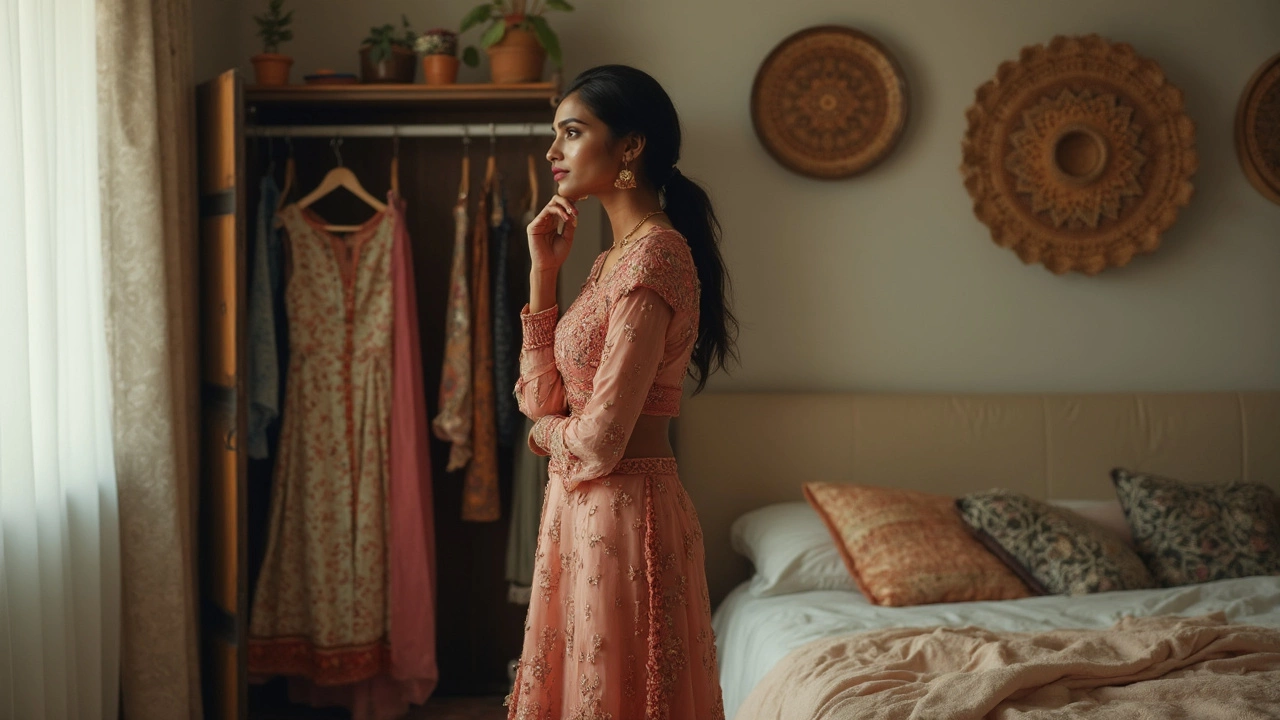
Picking the Right Dress: Tips for Blending In
Picking a dress in India isn’t just about what looks nice—it’s about comfort, weather, and what kind of vibe you’ll get from the crowd around you. First, city life gives you a lot more freedom. Cities like Mumbai and Bangalore are packed with offices and colleges where western wear is normal. But if you’re heading out to smaller towns or residential areas, things get a bit more old-school.
So, what works? The trick is to keep it simple and practical. Maxi dresses and midis are a safe choice—nothing too short or clingy. Sleeveless is fine in big cities but might turn heads in smaller towns. Fabrics matter too. Cotton and linen will save you from the heat and still look presentable. If you’re visiting a religious or traditional event, skip spaghetti straps and opt for sleeves. At a wedding, colorful flowy dresses work, especially if you throw on a scarf or a short shrug.
- If you’re taking public transport, longer hemlines and light layers help you blend in and stay comfy.
- Funky prints or loud colors aren’t a problem in urban India, but classic prints tend to draw less attention everywhere else.
- Curious about covering up? Throw on a scarf or dupatta over your dress if you want to play it extra safe.
Here’s some real-world data. According to a 2023 TCS Youth Survey, 67% of college students in urban India said they wear dresses at least twice a week in summer, but in tier-2 towns, it's just 22%. Age matters too. You'll spot more teens and twenty-somethings in dresses—if you're in your thirties or above, kurtas and tunics are way more common off the big-city office grid.
| Setting | Dress Length | Common Fabrics |
|---|---|---|
| Metro Cities | Mini, Midi, Maxi | Cotton, Polyester, Linen |
| Tier-2 Cities | Midi, Maxi | Cotton, Rayon |
| Villages | Maxi | Cotton |
The main thing is, trust your gut but use some common sense. Blend in when you want an easy day, or step out in a bold print where you know it fits. As long as you pay attention to comfort and context, dresses can totally work in India—just pick the right one for where you’re going.
Accessorizing to Fit In (or Stand Out)
Accessories can totally change how your dress fits into the Indian street scene. Say you want to blend in—just throw on a light scarf (dupatta) or a cotton stole. Not only does it look cool, but it also gives off a vibe people expect, especially in more traditional areas. Plus, if you're visiting a temple or a relative’s home, having a scarf handy helps you feel prepared for any unexpected dress code.
If you’re in cities like Mumbai or Bangalore, you’ll notice that sling bags, chunky earrings, and even sneakers are everywhere. Mixing Western pieces—a pair of trendy white sneakers—with dresses is normal now. Want to go full local? Silver jhumkas (these are classic Indian earrings) and leather juttis (traditional shoes) are instant Indian upgrades for any plain maxi or shirt dress.
Here's some practical stuff:
- If you’re unsure about the length of your dress, pair leggings or skinny jeans underneath. Lots of women do this, and it works great when you’re hopping on public transport.
- Layer with a shrug or a denim jacket. This isn’t just about matching your style, but it helps you stay comfortable in super cold air-conditioned malls or avoid stares on crowded streets.
- Carry a mid-size handbag or tote—comfortable, secure, and holds all your stuff when you’re out. Crossbody bags are super popular for keeping things safe in busy places.
So—do you want to disappear in the crowd? Use local touches like a bindi, a scarf, or juttis. If standing out is your thing, skip them and rock your favorite jewelry or big sunglasses. The trick is to watch what locals your age are doing. You’ll find your sweet spot in no time.
